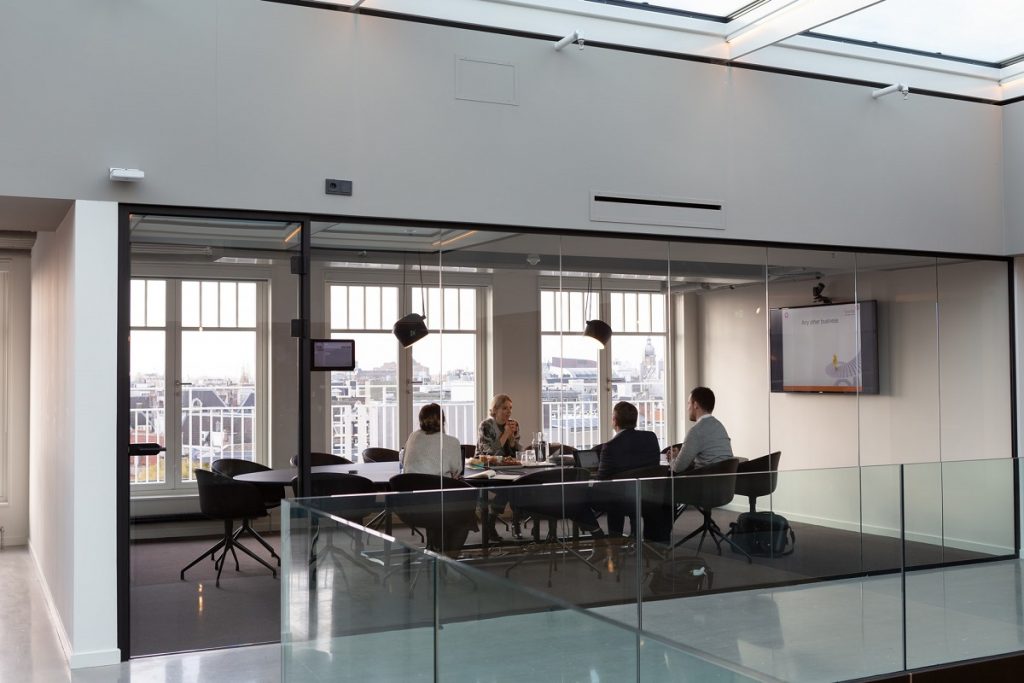
How to Overcome Common Issues of a Changing Workplace
As organizations around the world embrace the agile work environment, one area seems to continue to fall short during this transition – culture. This article will discuss what an agile work environment looks like, the most common challenges leaders and executives face when adopting an agile work environment, and how to overcome these challenges.
What is an Agile Work Environment?
Workplaces that adopt an agile methodology are specifically designed to maximize flexibility and use tools, technology, and resources to empower employees to work when, how, and where they want.
While this concept may be a hot topic in the current post-pandemic climate, agile workplaces are about more than just creating a relaxed environment. They change the way employees think and feel about their jobs, the organization they work for, and the purpose and quality of their work.
How?
Employees in agile work environments have the flexibility, and most importantly, the autonomy, to work outside typical 9-5 office hours. They are also given the option to work from home, the office, or a hybrid approach. When employees are given the option to make their own choices – like adults – they gain more confidence and a greater sense of purpose in their roles, are more trusting towards organizations, are more productive, and produce higher-quality work.
Lessons Learned in Adopting Agile
Articulate From-To Behaviours
As your organization begins to adopt an agile methodology, your workplace culture needs to be present and heavily integrated throughout the process. It’s important to acknowledge that the from-to aspect of this transition is about successfully enabling extreme shifts to processes, structures, technologies, and even mindsets. These aspirations should be shared within your organization and have practical goals and milestones.
Ask yourself the following questions:
- What are my aspirational goals of going from our current structure to an agile environment?
- What is our current culture, and how will it be integrated into this new workplace model?
- What are our behavioural pain points, and what shifts must be made to get the results I want?
Read More: Guiding the Path to Organizational Resilience
Make it Meaningful
When you embody and own these major changes, you’re making it personal while giving your employees a meaningful experience. To make this successful, employees must be able to understand and define what an agile environment means to them. The best way to achieve this is for leadership to enable employees with the space, support, and time they need. By sharing in these commonalities, including struggles, questions, insecurities, and other personal experiences, your organization will soon feel the transitional momentum towards transformation.
Always Weave in Culture
Whenever there is a significant change in an organization, it’s crucial to think about how it will impact your company culture and brainstorm ways to mitigate any impending negative impacts. When it comes to adopting an agile work environment, one of the biggest mistakes organizations make is ignoring the cultural and change-management implications.
To be successful, think of change in a bottom-up approach to prioritize how your teams work but also pay attention to executive levels, how they influence the culture of an organization, and what improvements they could make.
Read More: The Key Elements of Any Successful Organizational Culture
Optimize Employee Health and Safety
The agile workplace provides the opportunity to consider how employee health and safety are being affected and what strategies can be implemented to optimize their wellbeing.
To optimize health and safety for your employees, consider the following:
- Break-out and meeting space solutions
- Ergonomics
- Mental health resources
- Flexible schedules
- Healthier food options
- Education and conflict training
- Disease prevention and control
Improve Workplace Design
Set your transition up to succeed by optimizing your office space, building operations, and facilities management. Structures, technologies, and processes need to be configured to support a new agile culture, and that means redesigning (or tweaking) your physical environment.
Things to consider that will maintain productivity in an agile environment:
- Video conferencing platforms
- Scheduling software for meetings and hotelling
- Quality screens, mics, speakers, etc.
- Data for space usage
- Training materials
- Remote technology, VPNs, and hardware
If your organization is transitioning into a hybrid work model and need professional mediation services to handle a conflict or prevent conflicts from occurring, consulting with a neutral third party will help to resolve distracting, challenging situations and empower all participants involved to settle on an agreeable solution that propels your organization forward.
At Global Mindful Solutions, we have established processes that aim to provide insightful, comprehensive solutions with a compassionate and unbiased approach. This allows everyone involved to focus on getting back to work and continue making a positive contribution to their organization while leading a fulfilling role in their careers.
Contact Global Mindful Solutions to get started with neutral, knowledgeable, and effective mediation and facilitation services.
Related articles on hybrid cultures:
Philippe Patry
Philippe is a member of the ADR Institute of Canada, a member of the Institut de médiation et d’arbitrage du Québec, a member of the BAR since 1995, and holds a Chartered Mediator (C. Med). As a bilingual lawyer, trained investigator, and dispute resolution expert with a wealth of experience in social work and psychology, Philippe is uniquely qualified to perform workplace investigations, mediations, restorations, and mindfulness services for public and private sector organizations. Acting with sensitivity, Philippe combines decades of experience and a passion for helping others in his comprehensive, evidence-based approach to workplace dispute resolution.
